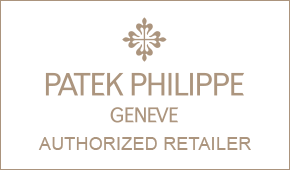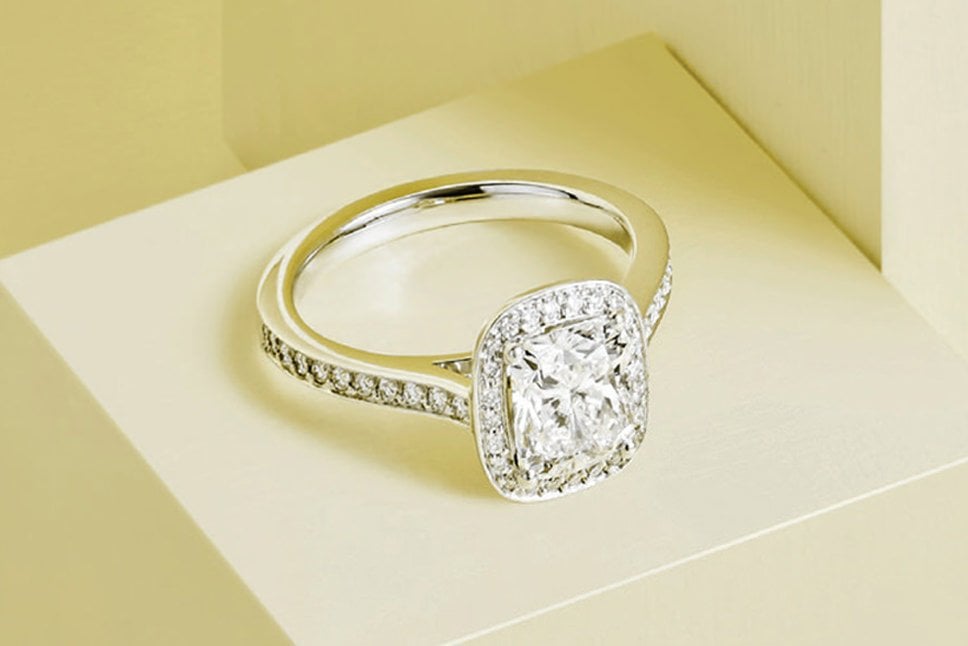How to pick an engagement ring, the 4C's....a guide to finding the perfect ring without spending more than your budget.
 Diamonds are one of the rarest gemstones on earth, they are also one of the most beautiful and sought after. We use them to mark some of the most significant moments and commitments we experience in life - engagements, weddings, anniversaries, births.
Diamonds are one of the rarest gemstones on earth, they are also one of the most beautiful and sought after. We use them to mark some of the most significant moments and commitments we experience in life - engagements, weddings, anniversaries, births.
With every big milestone there comes the chance of receiving a nice big rock….or at least a very shiny one (remember size isn’t everything ladies).
Although each of these moments are times of celebration and joy, they can compound the dilemma felt when choosing the perfect diamond. Choosing a piece of jewellery for someone else is always a fairly nail biting task, “is this piece really her?!” “day time or night time?” “is she a statement piece kinda gal??”. But throw the sentimental significance into the mix and it becomes an absolute minefield.
Wrong ring, wrong guy.
As the wise Carrie Bradshaw once taught us, ‘How can I marry a guy, when he doesn’t even know which ring is me?’.
Worry not, we're here to help. Let’s start with the basics of diamond picking.....The Four C's
You may never have listened when people tell you size doesn’t matter but it REALLY doesn’t. Well, it matters, but it isn’t the whole package. Size will come into play when you’re making your decision, but it’s not advisable to just go for the biggest thing you can afford. There are so many different elements that come into play when choosing the perfect diamond, starting with the basics, the Four C’s.
1.CUT
Here we are referring to a diamond’s proportions and how it has been cut from it's original form. When a diamond is cut, facets are created and the diamond’s finished shape is determined.
When people refer to cut they can often be referring to the shape of the diamond – emerald cut, princess cut – but it also refers to the quality of the cut which impacts greatly on how the diamond sparkles. The quality of a diamond’s cut will impact the way the stone looks. Remember diamonds start their lives as rough, dark looking stones and it is the expertise involved in cutting diamonds that gives the stones their sparkle. The facets catch lights in different ways, and depending on how the light hits certain parts of the stone it is then reflected back out at varying intensities, so the type and the quality of the cut are super important factors.
When cutting, there are certain guidelines that cutters should stay within. On the lower grades of cut (such as fair, or good) the cutter has chosen to stray outside of these guidelines, so although the shine and fire may not be as good as it can be – you’ve saved more of the diamond so the size is larger. An excellent grade cut will be on par with typical cutting guidelines, so more of the size will have been lost in order to have optimal shine.
2.CLARITY
This is the measurement of a diamond’s imperfections or inclusions that are seen in the diamond. Clarity begins with Flawless (IF - 10x) and moves to Very Very Slight (VVS -10x), Very Slight (VS- 10x) and Slightly Included (SI-10x) and finally Included
Of course it may not be your taste to have a flawless stone, most people fall in love with the imperfections and the flaws of their ring just as they do with their loved ones. We’re all only humans, and diamonds are only rocks.
3.COLOUR
Subtle colour differences allow gem quality diamonds to be graded from the prized, totally colourless stones, to the highly prized fancies. In a white stone you want as little colour to be present as possible.
Think of it much like glass, the less colour that is present in the glass the more light can shine through. This is very much the same with diamonds, a colourless stone allows light to shine through and is a real treat for the eyes.
Colour ranges start at D (totally colourless) and go all the way through to Z. So what’s the safe zone? Everyone ideally wants to bag themselves a D, but really until you hit F you’re still getting a fairly breathtaking stone and it would take someone with a very well trained eye to spot the difference. It’s only when you get up to say, I that you start to really see a bit of colour come through.
And, again, as with anything, preference is key – some people may prefer a warmer stone and that’s ok.
4. CARAT
This is the measurement by which diamonds are weighed. Starting at 0.5 Carat, they can range to about 5 or 6 Carat’s (for the Elizabeth Taylor looking rings). You may think that the price of a diamond would be relatable to it’s weight (2 carat stone would be double the price of a 1 carat stone).
Although logic would tell you this makes sense, when it comes to diamonds it just isn’t so. Due to the very nature of how diamond stones are made, the majority of stones are very small in size. They then have to be cut to certain dimensions to increase their shine, which of course cuts away at it’s size. So large carat diamonds are incredibly rare, which of course means the price increases the larger you get!
Now, it’s all very well and good understanding what you need to be looking for, but obviously budgets and tastes will have a fairly substantial dictation on what you eventually choose to go with. No one of the 4C’s is the most important and you have to really choose what works for you.
So, to the naked eye the most obvious difference that can be detected is Carat. It doesn't take a connoisseur to see the difference between a 0.5 and 4 carat stone.
For this reason, if you know that size is a real winner in the eyes of the future owner of the diamond then be careful how much you remove from the carat. If your loved one absolutely has their heart set on a 1 or a 1.5 carat, receiving the most beautifully cut and clear 0.5 Carat could still feel a little bitter sweet.
However, this is where you may need to do a little bit of a juggling act as you really want to make sure the other C’s don’t suffer at the hands of the size. You may want to consider jumping down a 0.5 just to keep hold of some colour and clarity.
The best way to approach this is to have a minimum Carat weight set in your mind. If you need to bring down the other C's to find something in your budget, the first thing that you can safely make concessions on is the clarity; of all the 4C's this is the safest one to loose.
VS2 is about where you want to make your cut off point. With the colour, you can safely go to about an H before you’ll start to see it impact badly. Once you’ve made these concessions, if you’re still not at your budget you might want to think again about the Carat.
This may all still seem a little daunting and that’s ok, all of are sales ambassadors are always on hand to help you choose the perfect ring that sits nicely in your budget. This should hopefully give you a little bit of an idea on where to start.


Showrooms



 Diamonds are one of the rarest gemstones on earth, they are also one of the most beautiful and sought after. We use them to mark some of the most significant moments and commitments we experience in life - engagements, weddings, anniversaries, births.
Diamonds are one of the rarest gemstones on earth, they are also one of the most beautiful and sought after. We use them to mark some of the most significant moments and commitments we experience in life - engagements, weddings, anniversaries, births.